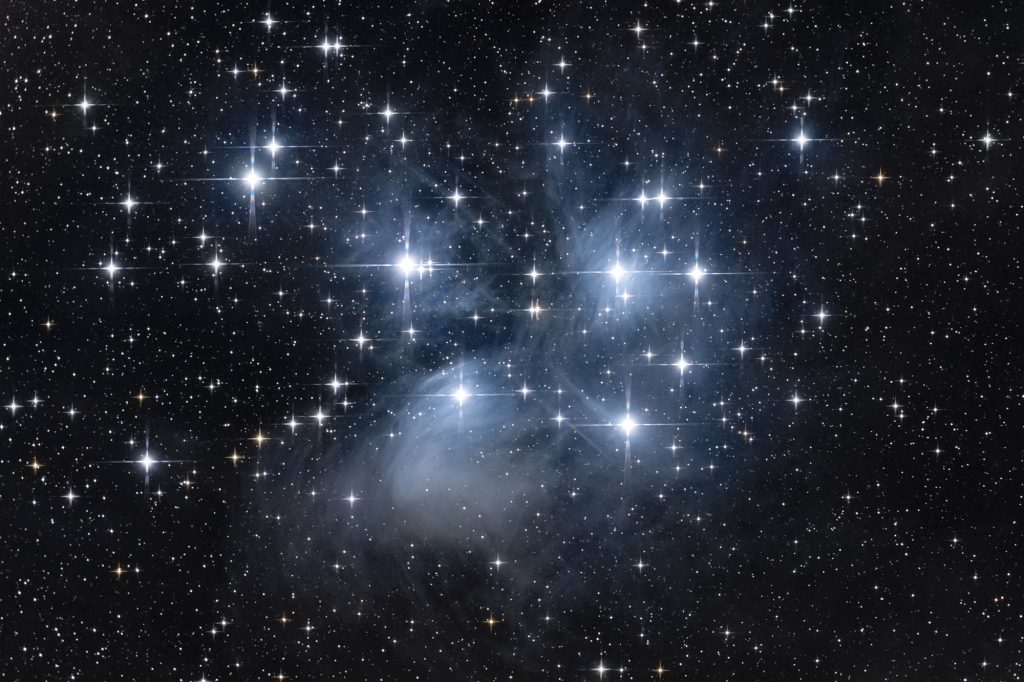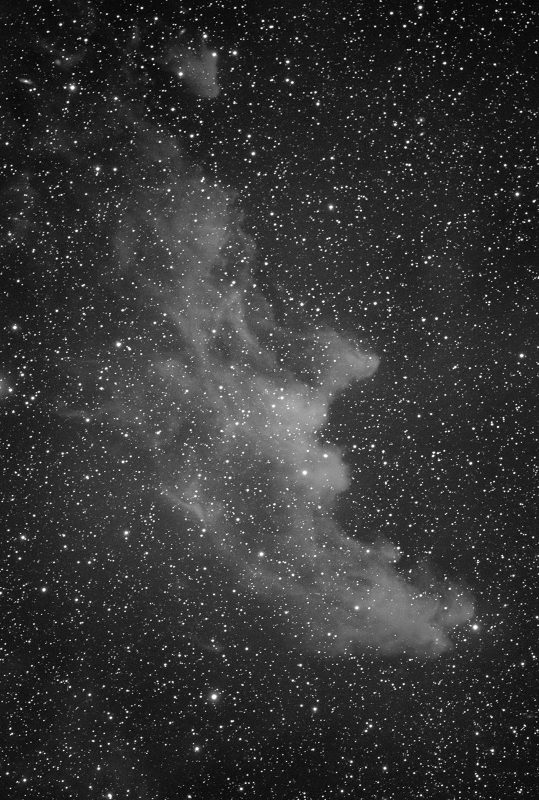By Shelbi Etscorn
You may have read my recent article on what exactly an equinox is. A very brief summary: an equinox is the time of year when the sun’s path is directly above the Earth’s celestial equator causing there to e an equal length of night and day everywhere in the world. A solstice is either the longest day of the year or the shortest day of the year depending on if it is the summer or winter solstice and the hemisphere.
The two equinoxes and two solstices split the Earth’s revolutions around the sun into four parts, so they are aptly called Quarter Days. Usually they occur on March 20th, June 20th, September 22nd, and December 21st. Most people are familiar with these dates. But have you heard of Cross-Quarter Days?
These are the days that fall in between the four Quarter Days. Even if you can’t think of them right now, you probably are very familiar with these days: they are February 2nd, may 1st, August 1st and October 31st. More commonly they are known as Groundhog Day, May Day, Lammas, and Halloween, respectively. In keeping with the season, today I’ll be telling you a little bit more about Halloween.
More than likely, Halloween originated from Samhain, a Celtic harvest festival. It was viewed as the transition from the light to the dark as the last hints of summer faded away and winter’s cold began creeping in. It was on this day that the gateway between the world of the living and the world of the dead was at its very thinnest, giving the dead a single night to return. Fires were burned to help ward off evil spirits and food and offerings were left out for the souls of loved ones. These traditions morphed into leaving out jack-o’-lanterns and giving candy to trick-or-treaters.

Samhain also happens to be the day when the Pleiades reaches its highest point in the sky at midnight. The Celts, being excellent astronomers, noticed this coincidence and began associating the asterism with mourning and sorrow. The seven stars were also believed to be the guiding lights that led the Earth from the dark to the light.

The Pleiades aren’t the only spooky thing you can look for in the sky this time of year though! Halloween happens to fall on a full blue Moon this year, which itself is a bit of a spooky treat; unfortunately, it may mean that other celestial objects with spooky names might be a little hard to see on this particular night. The Skull nebula, Ghost Nebula, and the Witch Head nebula rank among some of the scariest sounding celestial objects seen around Samhain. So while you’re dressing up or enjoying your candy this year, take a look up at the stars and see if you see any ghosts or witches. And don’t forget the connection between so much of our daily life and the world of astronomy!
